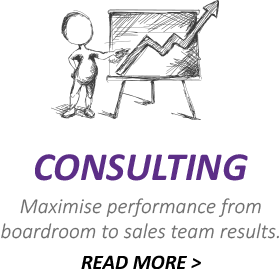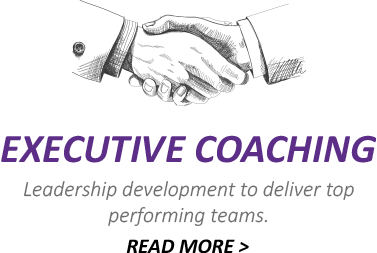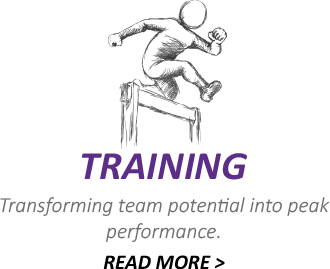Yes, it’s that time of the year again!
Sales managers everywhere are being questioned by Senior Management about their confidence in the pipeline forecast for Q1 2024 and into the New Year.
But having confidence assumes you have a reliable way to calculate this vital metric.
Unfortunately, many companies have a simplistic or mistaken approach.
Let’s discuss how you can calculate your sales pipeline revenue confidently.
Sales pipeline size is the ratio between the total monetary value of your pipeline compared with your upcoming revenue target.
So, if your total sales pipeline is three times your target. Then you’ll need to win 33% of the pipeline’s value to hit your target.
Remember though, that’s not one-third of all the deals but one-third of the value of the pipeline.
If you win deals that are bigger than average, you will only need to be successful with fewer of them.
However, if your pipeline size is smaller, maybe only one or less than your target figure you don’t have enough to hit your revenue goal. Even if you were able to win every opportunity.
Most companies are just simply taking the total pipeline size and dividing it by their target.
For example, their sales target is £10m and their pipeline opportunities due to close next year total £35m.
How did they get to that figure?
Generally, what’s driving this thinking are assumptions made about the win rate.
If you assume you will win a third of the pipeline value for the year, you’ll need 3.5 times the volume of opportunities to achieve target.
Or if you thought 25% was more achievable then you’d need four times the target figure.
Now in principle that sounds good, it’s simple to calculate and come the beginning of January you think you’re all set.
But the truth is this is not an accurate method, it’s way too simplistic and you will run into problems, often leave you feeling the figures seem meaningless as you try to predict sales revenue.
Here are four basic problems I often see when companies use this approach to calculate their pipeline size.
- The salesperson is prompted to add opportunities into the pipeline based on hope rather than genuine customer interactions as they know they are under pressure from managers to maintain the overall pipeline size and value. They are then motivated to keep deals in the pipeline that have slipped past their closing date and have little probability of coming in.
- Measuring your pipeline only by value/size doesn’t consider the various opportunity sales stages or your clients buying cycle. What if you have many opportunities at the early sales stage with a low probability of winning? This presents an overly rosy picture and leaves you with a false sense of security.
- This form of measurement is only useful at the start of the sales period being measured. So, part way through the year when you have won several deals, you must carefully compare what is left of your target amount with those opportunities that are significantly advanced through the buying process to ascertain if you have enough deals to confidently hit your target.
- When you only measure total pipeline size you miss another important factor. There are differences between types of opportunities, for example different win rates between existing customers and brand-new business, or maybe key client accounts, new territories, or growth sectors.
Is there a better way?… Yes, there is.
Using – ‘Measure Weighted Pipeline Evaluation’
You can calculate using a weighted pipeline method which focuses on expected sales revenue.
Expected revenue has two parts:
1st the value of the opportunities you have won.
2nd the value of your weighted pipeline.
Add these two numbers together and you have the ‘Expected Revenue for that period’.
It’s easy to calculate the weighted revenue, you simply multiply the opportunity value by the probability.
For example: if the opportunity is worth £90,000 and the sales stage probability is 30% then the weighted pipeline value is £27,000.
Add this number for each for your pipeline opportunities and you’ll have your weighted pipeline value.
Now you can measure your expected revenue with your target.
For example, say your target for the quarter is £250,000, you have won £90,000 already.
Your weighted pipeline is £170,000 so you have enough pipeline to hit your target.
Using the ‘Expected Revenue Method’ rather than total Pipeline size allows you to be more confident in your forecast, because the figures reflect the different sales stages as an opportunity progresses though the pipeline.
The reason this is more valuable to you is that you have allowed for the differences between for example: a late-stage opportunity at 80% where you are doing final negotiations and an early-stage opportunity at 10% or 20% you have just discovered.
All these variances are reflected in your weighted pipeline so it gives you a reasonable estimate of the amount of revenue you can expect from your open opportunities.
Another major advantage of using weighted pipeline and won revenue figures together to give you your expected revenue is that it’s valuable not only at the start of the quarter or sales period.
So, if you are halfway through the year or quarter you can find a reliable estimate of the likely sales revenue, compared with just looking at your total pipeline value.
I strongly urge you to start applying this method as it will increase the accuracy of your forecasting and boost your confidence in your ability to deliver reliable and consistent revenue results.
If this topic resonates with you or your experiences and you found this article useful drop me an email be good to hear your thoughts and share further insights peter.holland@linearstructure.com
Committed to Your Sales Success!
Peter






